Are you interested in how you can best boost the SEO performance of a webpage on your site?
Then we have something which may be of use to you – a blog on how you can effectively optimise a webpage to ensure relevant keywords occur organically throughout the content which can give your content the boost it needs to perform better in the SERPs.
Top Tips:
- So that you are able to follow this blog post successfully, you will need to have a SEMrush account.
- You should keep in mind that the “Pinpoint Key Phrases” section takes quite a while – as there is quite a bit of research that you will need to go through.
- This blog doesn’t show you how to completely optimise your entire website, it is more focused on a specific webpage – you should keep in mind a full website optimisation can be a lengthy process.
- To help you go through this blog post, you are going to need this template.
Benefits
- By effectively optimising a webpage, you can help to improve its SEO by increasing the amount of relevant keywords – without going overboard and keyword stuffing (which would have a negative impact on your SEO rather than a positive one).
- Following this blog post means that you will be able to effectively optimise specific webpages on your website, which means that there is a better opportunity to boost their position within the Search Engine Results Pages.
- We’ve outlined key criteria for you to keep in mind when you are deciding which pages are the best to optimise, that way you know you are making optimal decisions which are most likely to have the best positive impact on your business’s online presence.
Identifying Opportunities For Effective Optimisation
Here we’re going to outline how you can successfully complete optimisation for a webpage.
To start, you need to make sure you have SEMrush open and you’ll need to be logged in.
Input the URL of your webpage into the search bar – ensure that the option for “domain” has been selected and then hit go.
Look at the sidebar to your left, you’re going to need to select the option for “Backlinks Analytics” and then organise the results by “Follow” and select the option “10” for the section “Links per ref.domain”.
Now you’ll need to go through the results that appear (the ones relevant to your own website, not the external backlinks), and then run them through the “Organic Research”.
Consider the results that you have been presented with – are they a good candidate for on-page optimisation?
If you’re not too sure, then here are some questions you should keep in mind:
- Does the page contain high-ranking keywords that are relevant to the contents of the page?
- No? Then there is potential here for effective optimisation.
- Yes? Then look at the next criteria marker.
- Is the webpage effectively optimised for the selected keyword?
- No? Then there is potential here for effective optimisation.
- Yes? Then look at the next criteria marker.
- Does the page rank in the top 5 for the keyword?
- No? Then there is potential here for effective optimisation.
- Yes? Then this URL isn’t the ideal candidate for optimisation, it’s better to look at the next URL.
Continue this 3 stage process with the other URLs that you got from the Backlinks Audit.
Pinpoint Key Phrases
To go through this section successfully, you will need to go through the URLs that you collected and conduct keyword research for all of the key phrases you’ve identified on the webpage.
When you pinpoint a relevant key phrase, you should make a note of it on the worksheet. In the event that you are unable to find a key phrase with a significant enough search volume, then you should continue onto the next URL that you noted down on the worksheet.
Here’s How You Optimise
After you have completed all of the above stages, you’re going to need to move your focus over to effective webpage optimisation for all of the URLs (the ones that you’ve identified a key phrase for).
If you’re not too sure how to effectively optimise, then we have a blog here which will help you do it quickly and efficiently.
And you’re done!
But… you should keep in mind that this isn’t a complete optimisation for the entire website – but it will have a positive impact on your webpages’ performance in the SERPs!
Thanks for reading, we hope you found this blog useful, if you did, then make sure to check us out on social media so you can keep updated with the latest news and events.


